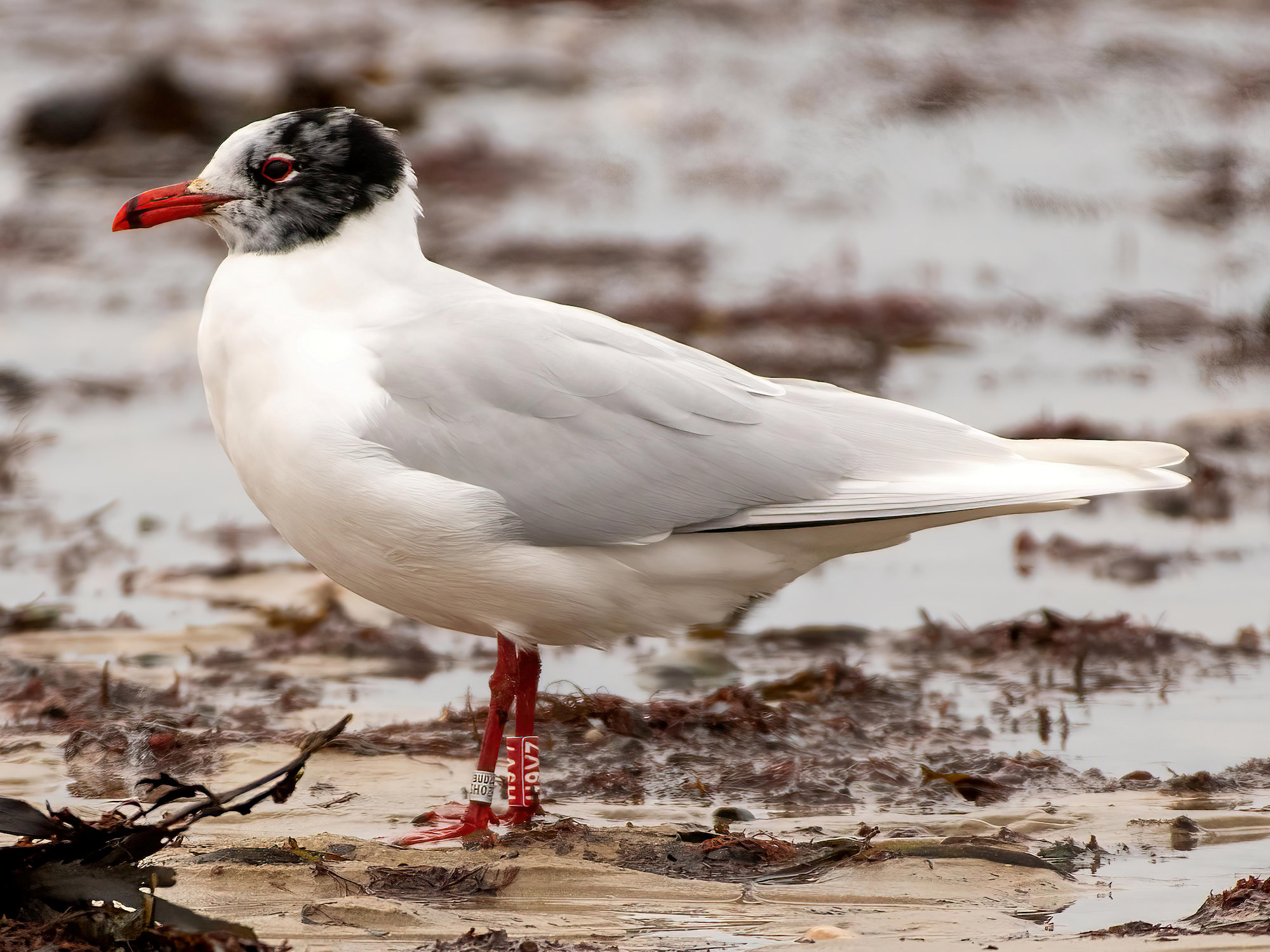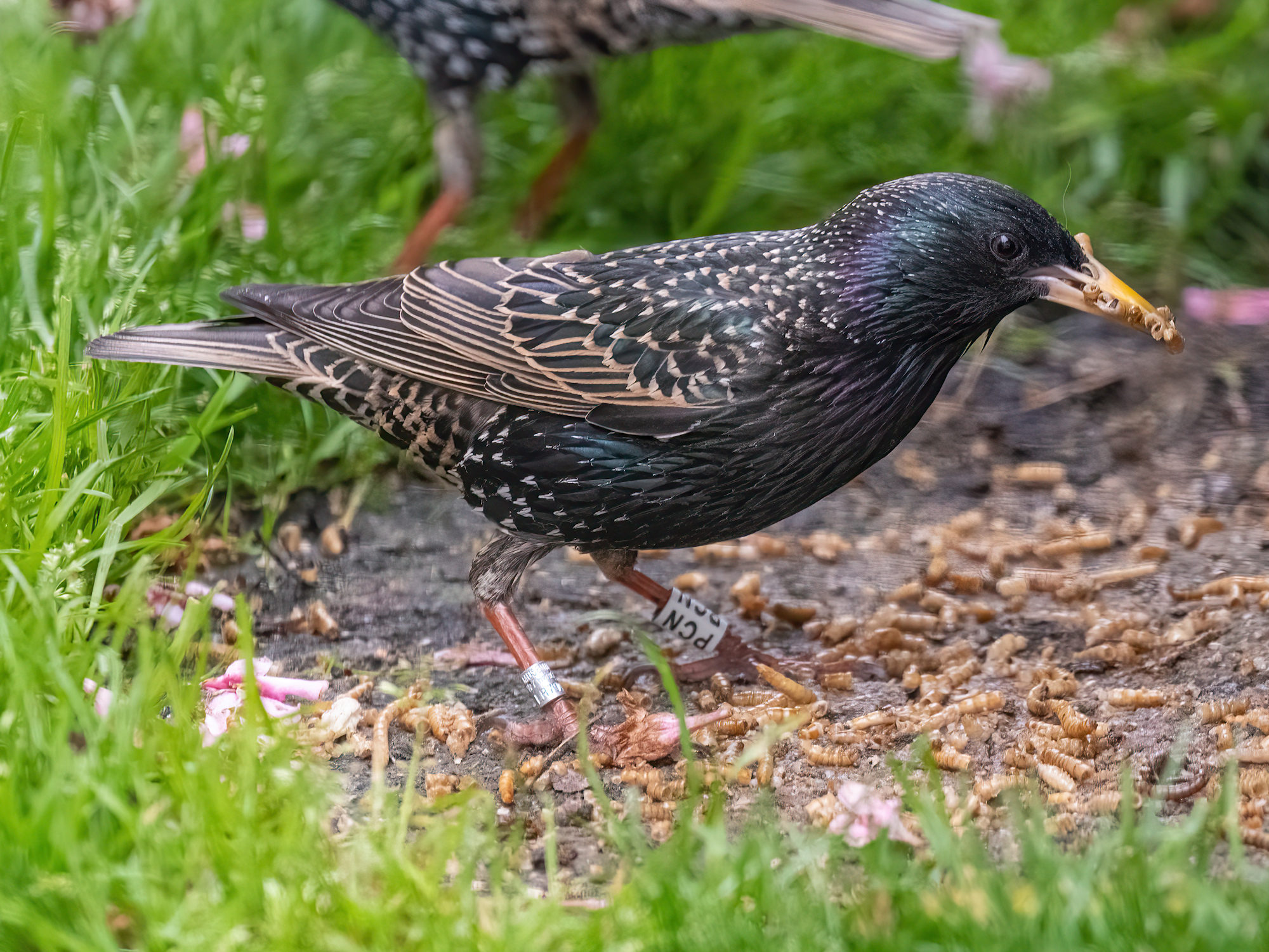Colour ringing tracking
Conventional ringing using metal bands tells us much about birds, in terms of their migratory movements and the life expectancy of species as a whole, but data is only collected for a very small proportion of birds ringed as recapturing them (‘controls’) is both difficult and statistically unlikely, as is finding them at end of life (‘recoveries’).
Colour-marking offers a solution. Bird researchers fit plastic colour rings, often with unique identifiers, that can be visible in the field, often at considerable range. Researchers and birdwatchers seeing birds bearing colour rings can then submit their sightings thus gradually building up a picture of the movements and longevity of individual birds.
The Isle of Wight can see many birds sporting these colour rings throughout the year, particularly on species such as Mute Swan, Mediterranean Gull (and other gull species) and various wading birds . A growing number of birders now log the ring details (i.e. ring colour, ring code - if present - location and date) and share this data with the ringing organisations. In return, observers are sent a “life report” on where the bird was originally ringed, along with the locations it has been spotted. The same criteria apply to birds possessing wing tags (in particular, birds of prey).
If you see a colour-marked bird in the Isle of Wight or anywhere else, please report it.
A list of ringing schemes for each species excluding Waders, and associated ringers’ contact details, can be found by running a simple search at European Birding Colour Ringing.
Should your ringed bird be a Wader, then please use the International Wader Study Group website.
Please also include any such sightings in your general submission of your bird sightings.
Images

Knot. © Andy Butler

Mediterranean gull. © Tracey Jolliffe

Starling. © Tracey Jolliffe
